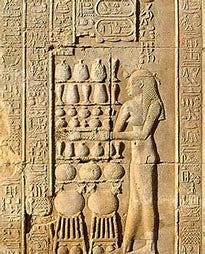Nomes of Ancient Egypt
Etymology and Origin
The Greek term "nome" (from "nomos," meaning "law") refers to the forty-two provinces of ancient Egypt. The ancient Egyptian equivalent was "sepat." The division of Egypt into provinces dates back to the Pre-dynastic period, but the number of nomes may have been fewer initially.
Boundaries and Changes
The boundaries of the nomes shifted over time, and some remain uncertain. Certain nomes emerged later in Egyptian history, such as Bubastis, which is not mentioned until the New Kingdom. Egypt Tour Packages Egypt Family Holiday Packages
Totems and Symbols
Each nome had its own totem or symbol, likely of a later date in Lower Egypt compared to Upper Egypt. However, only the Upper Egyptian nomes were represented in the form of a standard. Egypt Christmas Holidays
Capital Cities and Functions
The capital of a nome served as its religious and economic center, as most Egyptians resided in undeveloped villages. Some capitals also held strategic importance for defense or military expeditions.
Nomarchs as Governors
The nomes were governed by nomarchs, who were often appointed by the pharaoh but could also hold hereditary positions. During periods of weak central authority, nomarchs gained power, sometimes ruling autonomously. Cheap Holidays to Egypt
Historical Evolution
The provinces of Upper Egypt remained unchanged in number after the Old Kingdom. Lower Egypt saw an increase in nomes as marshes were cultivated and the Nile's branches shifted. The division into 42 nomes persisted for most of pharaonic Egypt's history, with 22 nomes in Upper Egypt and 20 in Lower Egypt. Egypt Classic Tour Packages
Legacy and Abolition
The nomes survived until the Roman Period, as evidenced by "Nome coins" that showcased their individuality. However, they were abolished during the bureaucratic reforms of Diocletian and Constantine, marking the end of the nome system


